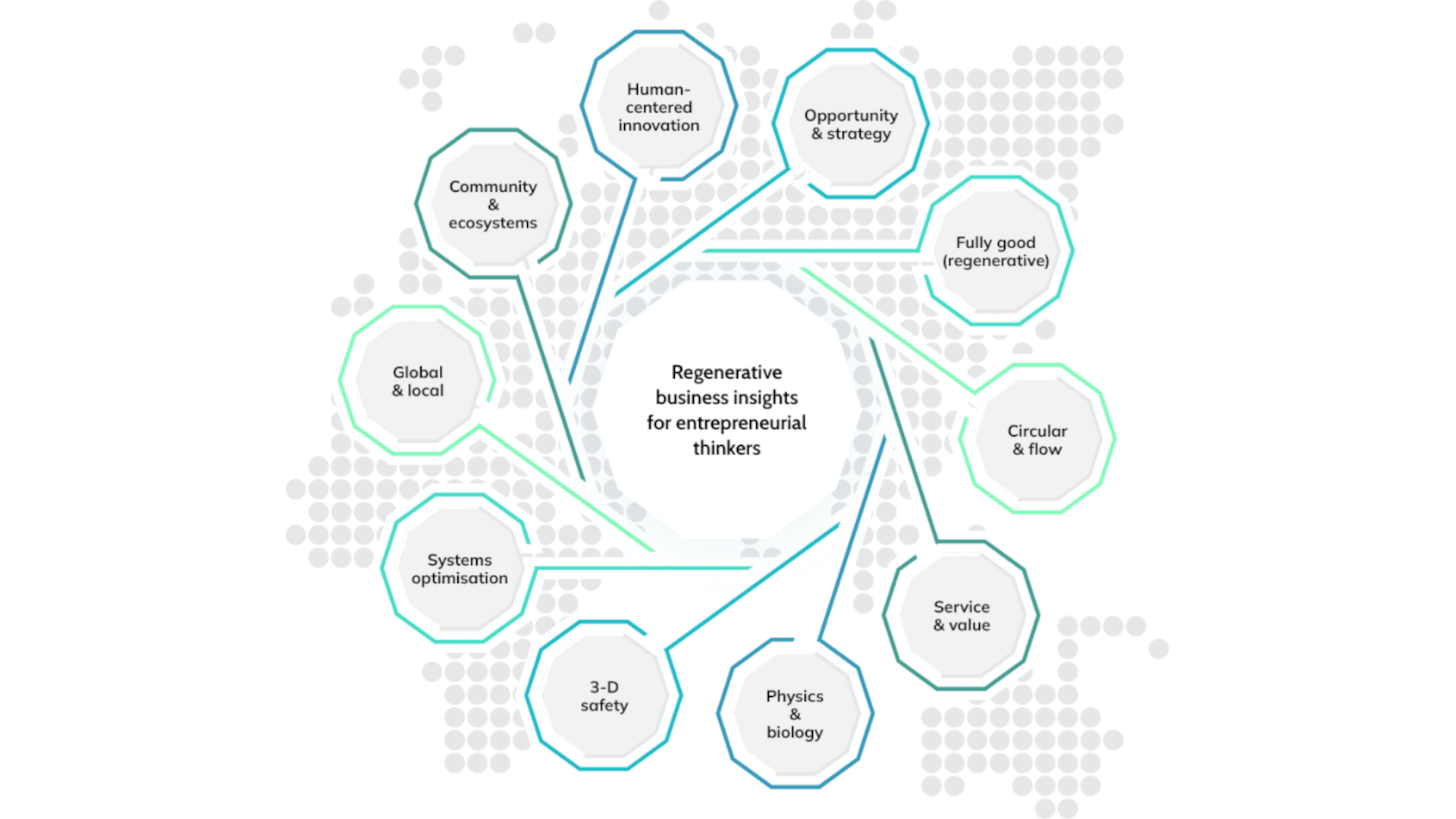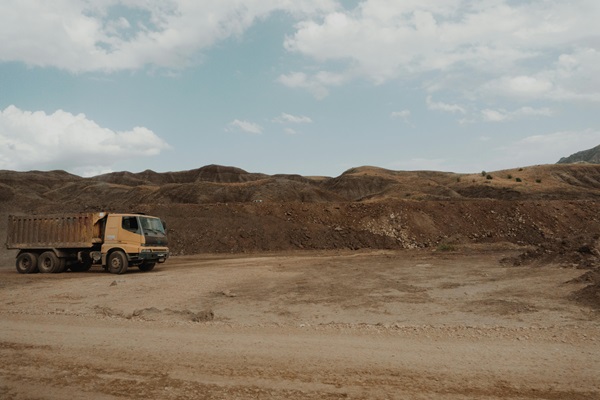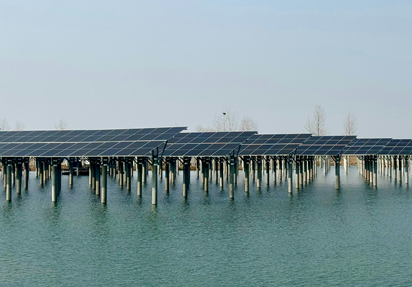Leigh Baker | May 25, 2020
(Originally published on Balance3.com.au; last updated January 2025)
See a discussion of this key regenerative business principle here, or listen to the podcast summary here.
Stories of value through product as a service
We don’t buy CDs and DVDS much any more – we stream music and videos instead. Think about all the CDs and DVDs not being made or scratched or scrapped – and the variety of record, DVD and cassette players we no longer use.
AirBNB delivers accommodation WITHOUT owning a single hotel bed.
Examples of product as a service
Car sharing exists in multiple forms. In my home town Melbourne (Aus) I have choices from by-the-hour hire cars like GoGet to community shared car arrangements like CarNextDoor.
Office furniture is now being delivered as a service – FaaS from Ahrend.
Melbourne’s BlueIOT delivers building efficiency as a service.
Bristol Siddeley aviation business started selling “power by the hour” back the the 1960s – charging by the number of hours the aeroplane engine was run.
And businesses can buy renewable energy as a service using a Power Purchase Agreement (PPA) instead of going through a technical, expensive process to buy and install solar panels and batteries.
One creative Environmental Protection example is effectively: Rare Bird as a Service. In Bolivia, farmers used to capture red fronted macaw chicks and sell them as a product to the pet trade. So much so that the birds were critically endangered. sometimes they also used to kill the birds because they thought they damaged crops. Clearing more land for farming also destroyed bird habitat.
Then a Bolivian bird conservancy agency stepped in with a service model based on the idea that there was considerably more value enabling tourists to see macaws in their native habitat than selling chicks. The conservancy agency partnered with the locals to build an eco-lodge where up to 14 tourists could stay and experience the birds in their natural forest habitat. That lodge delivers $25,000 per year to the local community, reducing poverty levels.
The birds and their forest are now an economically valuable resource. to the locals. So they actively work to protect them and to improve their habitat.
Cooling as a service is developing in all sorts of ways. Cooling covers everything from building air conditioning to commercial freezers. It’s really worth exploring – because that means as equipment ages, you’re not left with ageing plant and equipment.
Sources and design thinking for PaaS
The 1999 best seller Natural Capitalism is free to download by chapter – and Chapter 7 Muda, Service, and Flow is a good introduction.
My manufacturing background is probably showing, but the classic book Lean Solutions by Womack and Jones is a detailed handbook on finding and maximising value. In particular read their discussion of mobility as a service in Chapter 10 Solve My Complete Problem Permanently.
Business innovation strategies based on value and service are increasingly mainstream, with a variety of models and tools on offer, including:
Resources and tools for exploring PaaS
The resources now available in the Circular Design Guide – from a collaboration between IDEO and The Ellen Macarthur Foundation include:
There are multiple Product as a Service resources from the Circular Economy Toolkit.
Here’s one useful set of guidelines from the international Kigali Cooling Efficiency Program.
https://www.k-cep.org/wp-content/uploads/2018/07/Cooling-as-a-service-Knowledge-brief-6.7.2018_Final_online_v1.pdf
Want a starting point to explore for your best opportunities?
I’ve built a FREE introductory email course that you can subscribe to called The Think Act Regenerate INSIGHTS.








